Cop photographer George Howard’s 1920s mugshots reveal Sydney’s original criminal kingpins
He was the photogenic 1920s cop who captured hundreds of Sydney’s worst cocaine kingpins, tricksters, and hitmen on film. See his incredible pictures

NSW
Don't miss out on the headlines from NSW. Followed categories will be added to My News.
He was the photogenic 1920s cop who captured hundreds of Sydney’s worst criminals – on film.
George Howard was a pioneer of police photography and thanks to him we have a treasure trove about the Harbour City’s underworld from a century ago, although ironically we know very little about the man himself.
Thanks to the man of mystery’s unique candid photography, Sydney’s bygone cocaine kingpins, tricksters, and hitmen – who would have no doubt rather remained faceless – are instead an open book.
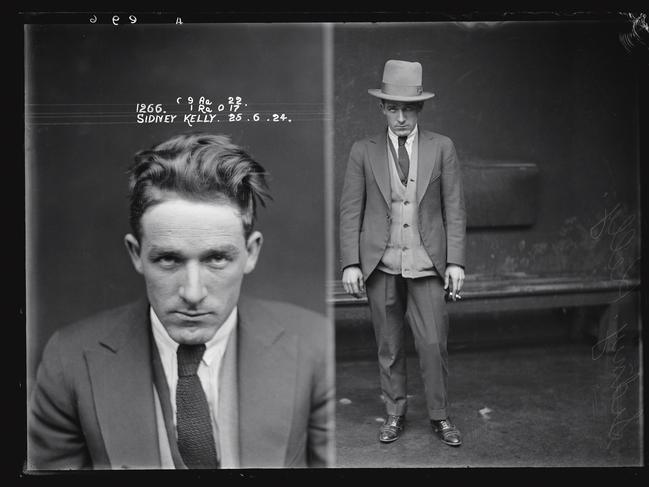
Museums of History NSW curator Anna Cossu said Mr Howard’s “unusual pictures”, held by the Justice and Police Museum, were never intended to be seen by the public.
However thanks to the photo’s glass negatives, the pictures live on and historians are grateful for their existence.
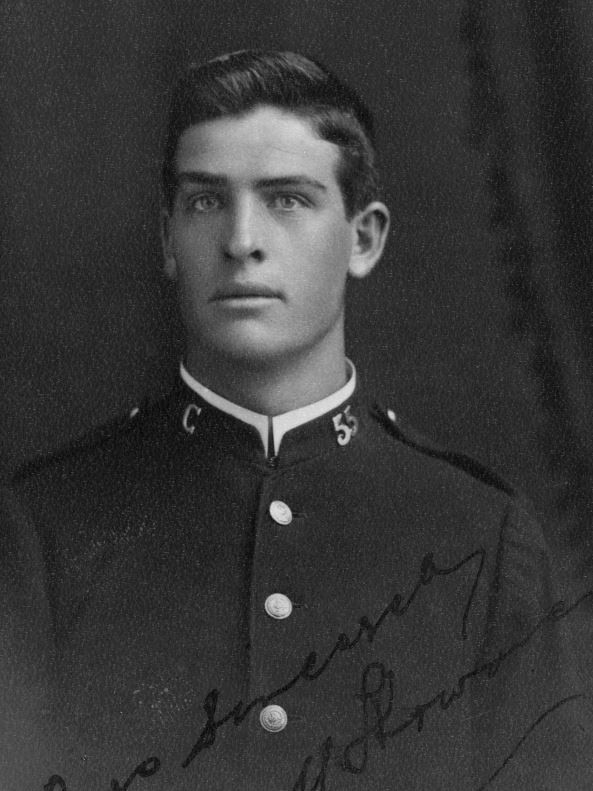
“They are unusual mugshots for their time. What makes them really unusual is the fact that they are really candid. They aren’t the typical hard criminal stare. We can see character and personality,” Ms Cossu said.
“Because they were allowed to adopt their own pose, the pictures are so candid.
We suspect this made them more useful for police, they would have been useful to take out and use and show other people for identification purposes because they don’t look like they are in a criminal setting,” she said.
The portraits are mesmerising, but it’s what’s in the background that has historians and curators like Ms Cossu so enraptured by the images.
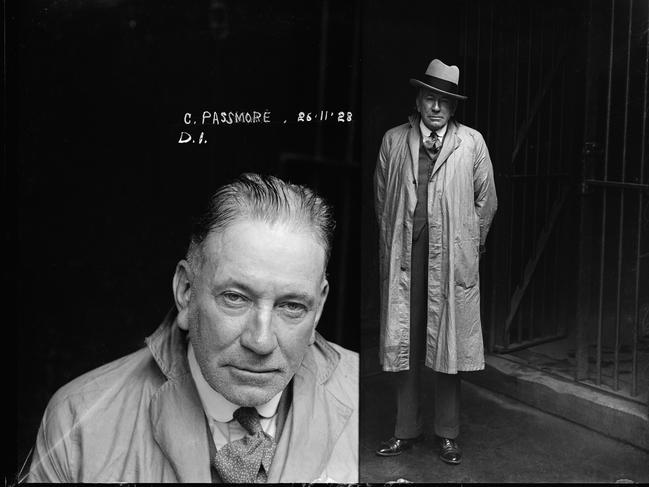
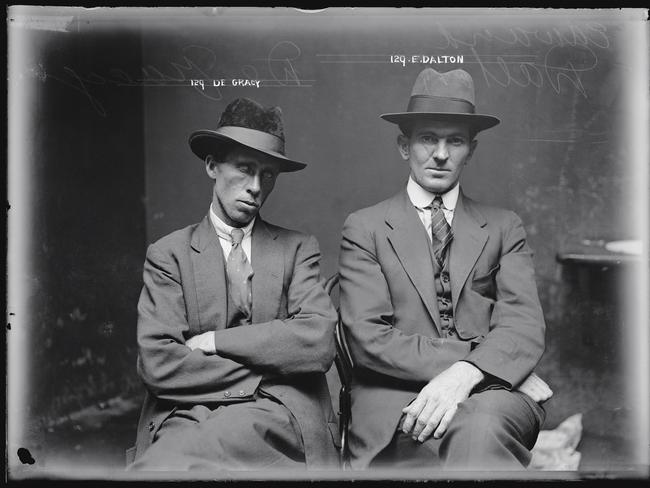
“Some of the details in the background of these photos give us more information than we ever would have if they had been cropped,” she said.
“You can see the texture of someone’s coat, you can see some are wearing returned soldier medals. That’s allowed us to create beautiful publications and exhibitions.
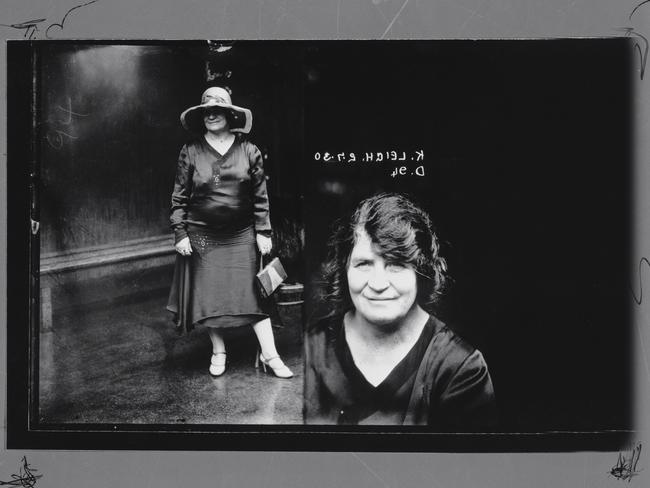
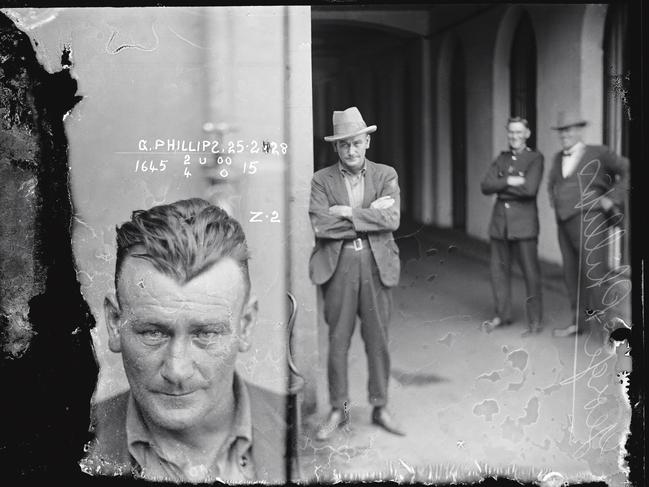
“You can see what the holding area of Central police station looked like at the time, some of the wider shots show the cell doors, and the furniture police had.
“Occasionally you can see police officers in the background having a bit of a laugh at the person taking the photograph.
“It gives you an insight into the behind-the-scenes world of the police station from that time. These pictures were never meant to be seen by the public, [they were relaxed], it captures all these incidental details.”
Ms Cossu loves that she can look at the pictures multiple times and always see something different.
“As a curator, this is really exciting because you can tell multiple stories,” she said.
She hopes the public may recognise some of the criminals as long lost relatives to further piece together their story.
Do you have a story for The Daily Telegraph? Message 0481 056 618 or email tips@dailytelegraph.com.au



